The Ghost Pepp er is not only grown in India today, but in the Slyhet part of Bagladesh, Nagaland and Manipur.
er is not only grown in India today, but in the Slyhet part of Bagladesh, Nagaland and Manipur.
The climate has a dramatic effect on the heat and therefore the Scoville rating of Bhut Jolokia peppers. A 2005 study comparing percentages of capsaicin and dihydrocapsaicin in Bhut Jolokia peppers grown in more arid climates, such as Tezpur (Assam) and Gwalior (Madhya Pradesh), India, showed that the heat of the pepper is reduced by more than 50% than found in peppers grown in wetter regions.
The Ghost Pepper can also be grown in private gardens around the world where the climate will permit. Seeds can be bought or obtained from the pepper itself.
One plant per pot is the best for these peppers. To avoid having to transplant later, many people use about a 5" planter to start with. The seeds need a hot soil to geminate. Some people even use a heating pad to help their plants reach their full potential before placing outdoors when the weather is warmer. The seeds can take a good while to product visible plants -15 to 35 days. Once the plant rises above the soil, they need plenty of sunlight.
Keep the soil at a moist level at all times. The soil should never be soggy or dry. When starting the seeds, a planting mix with moisture control works great. After placing the plants outside, a small amount of bone meal sprinkled around the base works well. The New Mexico State University - The Chili Pepper Institute - is a great resource for growing peppers.


 er is not only grown in India today, but in the Slyhet part of Bagladesh, Nagaland and Manipur.
er is not only grown in India today, but in the Slyhet part of Bagladesh, Nagaland and Manipur. 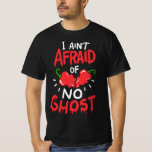

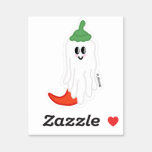
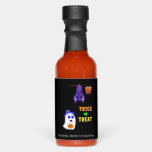

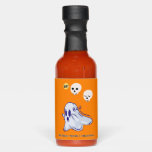
 troduced to the Western world until 2000. Shortly after its introduction, a report was published stating it's level of heat as nearly double that of a Red Savina Habanero which until then was believed to be the world's hottest pepper.
troduced to the Western world until 2000. Shortly after its introduction, a report was published stating it's level of heat as nearly double that of a Red Savina Habanero which until then was believed to be the world's hottest pepper.

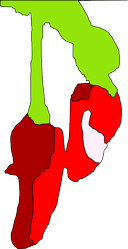

 National Apple Pie Dayon 06/08/2011
National Apple Pie Dayon 06/08/2011

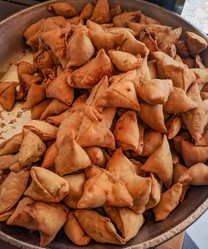
Comments
I know this pepper but I don't know that it is the hottest.
Thanks for sharing
Thinking about touching my eyes made me shudder! This sounds like a pepper plant that would do great where I live...although, I'm not so sure that I want it ending up in my dinner! You presented the information really well, I enjoyed reading this.
No way am I going to put the claim of being the hottest pepper to the test! I do think it's clever that the Bhut Jolokia can be used as a natural deterrent too.
I do like it HOT !!!
Not for me - I'm not into hot chilli peepers. My son complains that I have "taken the spice out of his life" - because I don't eat spices. Fascinating article about the origins and use of Bhut Jolokia Chili Pepper.